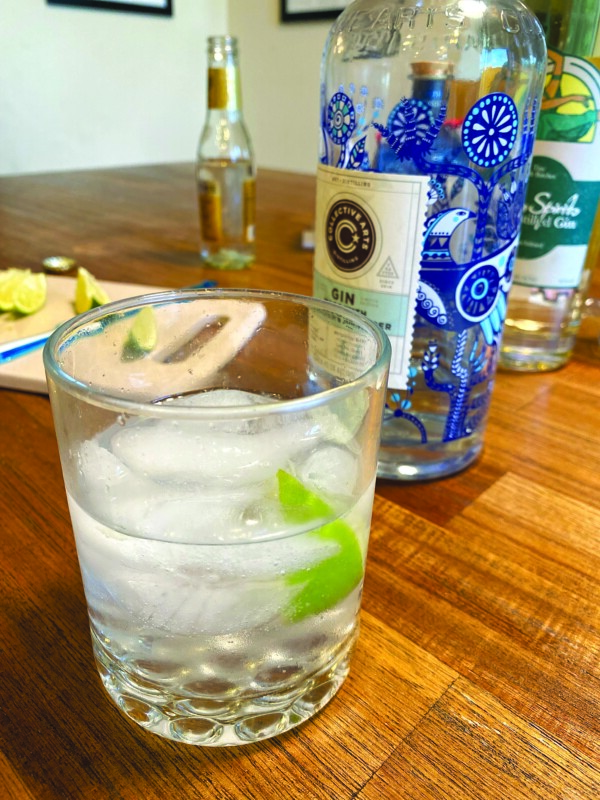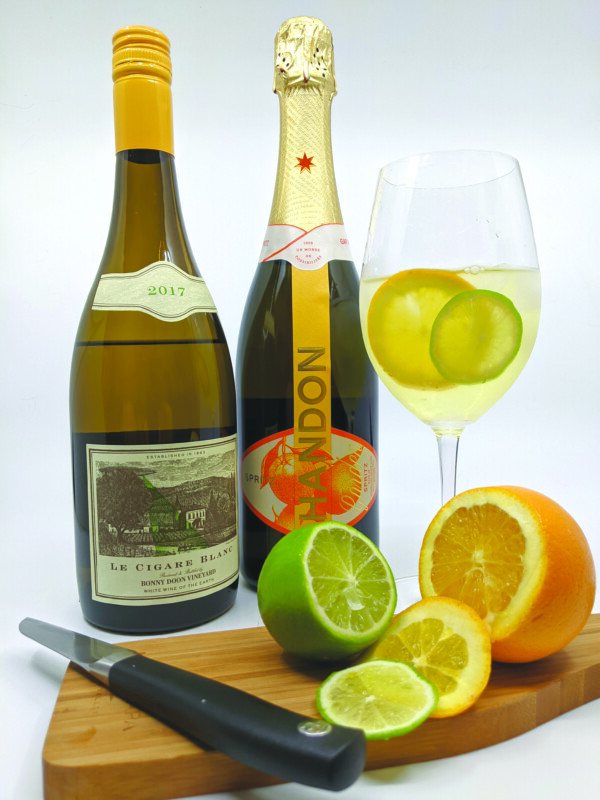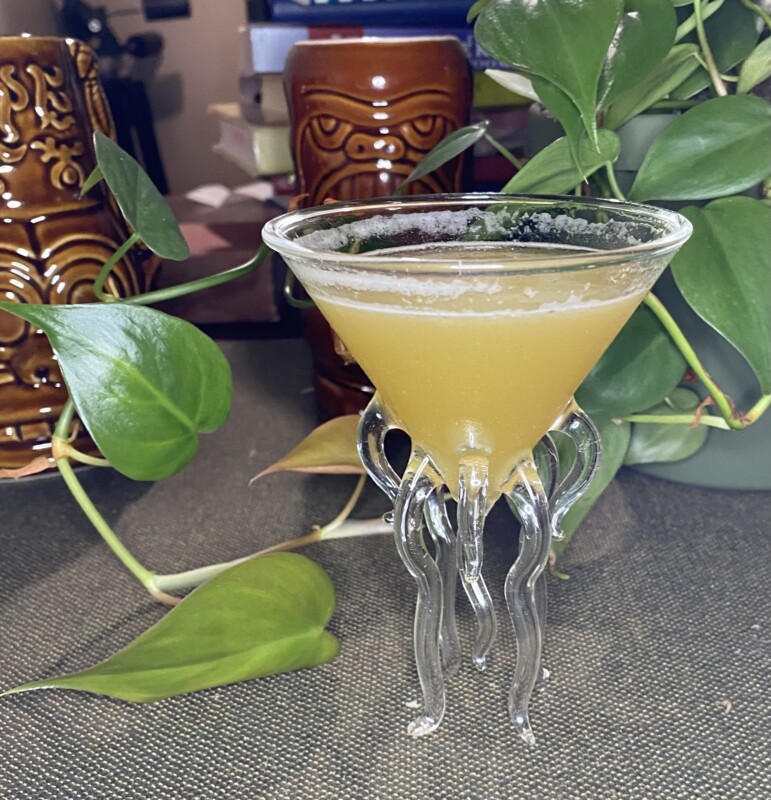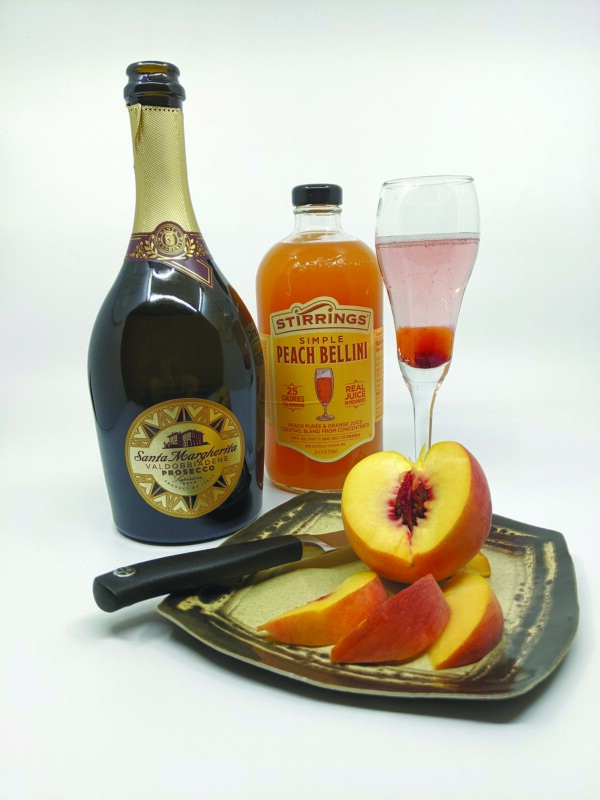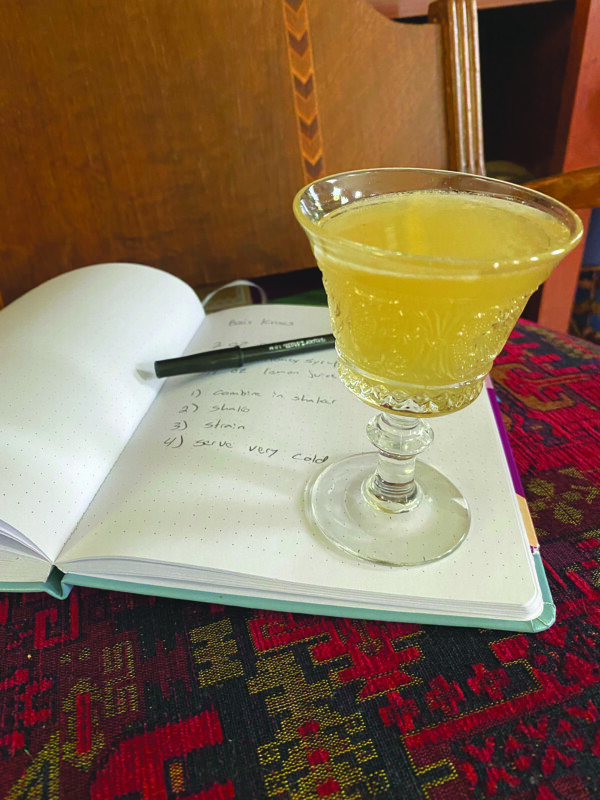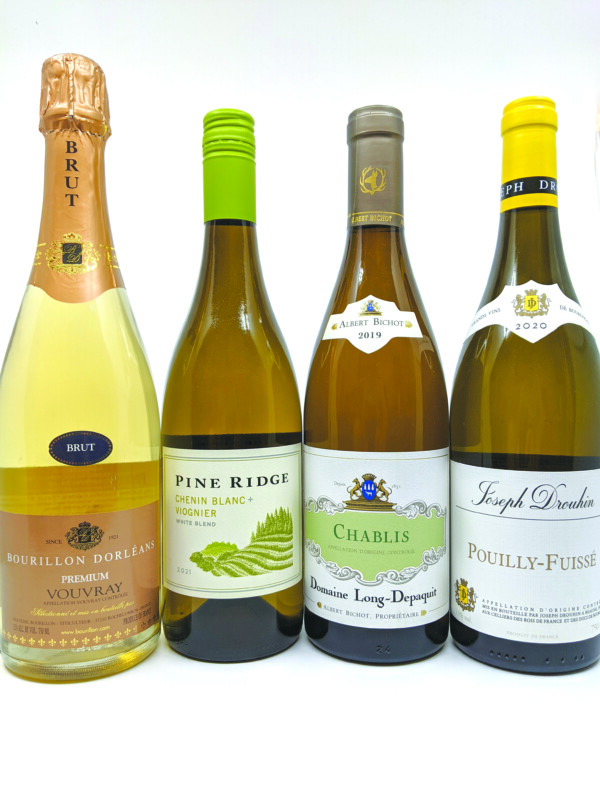I remember the first time I drank a gin and tonic.
It was my first week at college. There was some sort of reception with an open bar. (The drinking age in Vermont was 18 at the time — a fact that led to a great many questionable decisions over the next few years.) Being 18, I had never actually ordered a cocktail from a bartender before, and I was flying blind. At some point, I had heard someone mention something called a gin and tonic, and it sounded like something a grownup would order, so that’s what I ordered.
It was cold and clean and tasted like pine needles and magic.
Gin is like that. It is so aromatic that it easily evokes sense memories:
That time you were invited to a party on a yacht. The sound of soft music and clever conversation.
The smell of cigarette smoke and your uncles accusing each other of cheating at poker every Christmas.
Sitting on the veranda of the officer’s club in the jungles of Burma after playing a few chukkers of polo in the tropical heat, hoping to stave off malaria.
Well, your memories will be specific to you, obviously.
But most gin and tonics taste pretty much the same, right? We all have our own individual memories, but they’re all centered on more or less the same taste, yes?
That would be true, if any two gins tasted the same. There are some that are close in flavor, but others are staggeringly different. Gin is a neutral grain spirit (vodka, in other words) that has been infused with botanical ingredients — think herbs, roots, flowers, etc. The most common of these is juniper berries — that’s where the pine taste comes from — but different recipes might have very different supporting botanicals, and a few omit the juniper altogether.
The recipe for a classic gin and tonic is deceptively simple: 2 ounces of gin, 4 or 5 ounces of tonic water, ice and a squeeze of lime. Boom! About as easy as it gets — no shaking, no mess, 30 seconds or so of concentration, and you’re ready to build some new neural pathways in your hippocampus.
But four different gins might give us four different pathways into the forests, deserts and Victorian lilac gardens of your mind.
Gin No. 1 – Uncle Val’s Botanical Gin
I don’t know who Uncle Val is, or even whose uncle he is, but he knows how to make a gin. There are two varieties of Uncle Val’s, a botanical one and a “restorative” one. I eagerly anticipate trying the restorative one — I could frankly use some restoration — but we are talking about the botanical variety right now.
Earlier this year I got to check off a bucket list item and went to an actual fancy speakeasy, where extremely talented bartenders will talk to you very earnestly about strange and exotic cocktails.
“What am I tasting?” I asked. “The rosemary? Is it the beets?”
“Well, I hope you can taste those, but it’s the gin.”
“No, I think it’s the rosemary.”
My new friend didn’t bother arguing but poured about a quarter of an ounce of Uncle Val’s into a cordial glass and slid it across the bar to me.
He was right. It was the gin. It is very good gin.
In a gin and tonic, Uncle Val’s has a round, floral taste. There are times when you get a G&T in your hands, it is gone in two or three minutes, and your wife has switched you over to diet soda. With this gin, you find yourself sipping enthusiastically but slowly. It is complex enough that even if you aren’t a gin snob you will spend a very long time trying to identify the background flavors.
Good luck with that.
Gin No. 2 – Drumshanbo Gunpowder Irish Gin
A few months ago I went to an event hosted by the Irish Whiskey Council that presented a bunch of New Hampshire liquor people with five or six Irish alcohols. While not a whiskey, this gin was far and away my favorite part of the presentation, with the possible exception of taking a morning off from work to drink Irish alcohol in the first place.
Drumshanbo has a sharper, slightly more medicinal flavor. There are definitely some background flavor notes, but it has a crisp, dry taste that plays really well with the lime. This is the gin and tonic to seal an important business deal.
Or maybe to propose to someone.
Gin No. 3 – Djinn Spirits Distilled Gin
I stumbled across this local gin — it’s made in Nashua — almost completely by accident. I was looking for a gin to pair with a really aggressive flavor — goat cheese, in this case — and this was recommended to me. The theory was that it had so many exotic ingredients that at least one or two of them would pair with whatever you might try to build a flavor bridge to.
It makes a truly excellent gin and tonic.
This is another one of those gins that you might find yourself sipping slowly and thoughtfully, as you try to identify the background flavors you are tasting. A friend and I put a solid half-hour into it and finally — after detouring into some increasingly bizarre stories (including one about Elias “Lucky” Baldwin, the man blamed with introducing peacocks as an invasive species to California. A fascinating man. Look him up.) — decided that maybe maybe we were tasting green apples. This isn’t to say that this gin actually has any green apples in it; that’s what we thought we tasted.
Gin No. 4 – Collective Arts Lavender and Juniper Gin
Let’s say you’ve had a rough week. Not terrible — no literal fires or death or actual hair pulling — but a real grind to get through. Let’s further say that you’ve decided that you would benefit from a little self-care — a small moment of grace and kindness to yourself.
This is the gin and tonic that will help center you before a weekend of mowing or back-to-school shopping or intramural lacrosse.
What makes it so special? The lavender.
I know: Lavender is tricky. Not enough of it, and it hides in the background and doesn’t bring anything to the party. Too much of it, and suddenly you’re at a fancy-soap-in-your-grandmother’s-bathroom party. This gin gets it just right. It’s soothing, civilized and — kind, if that makes any sense. It takes you by the hand and lets you know that you are strong and attractive enough to handle whatever is waiting for you after dinner.
Featured photo. Gin and Tonic. Photo by John Fladd.

